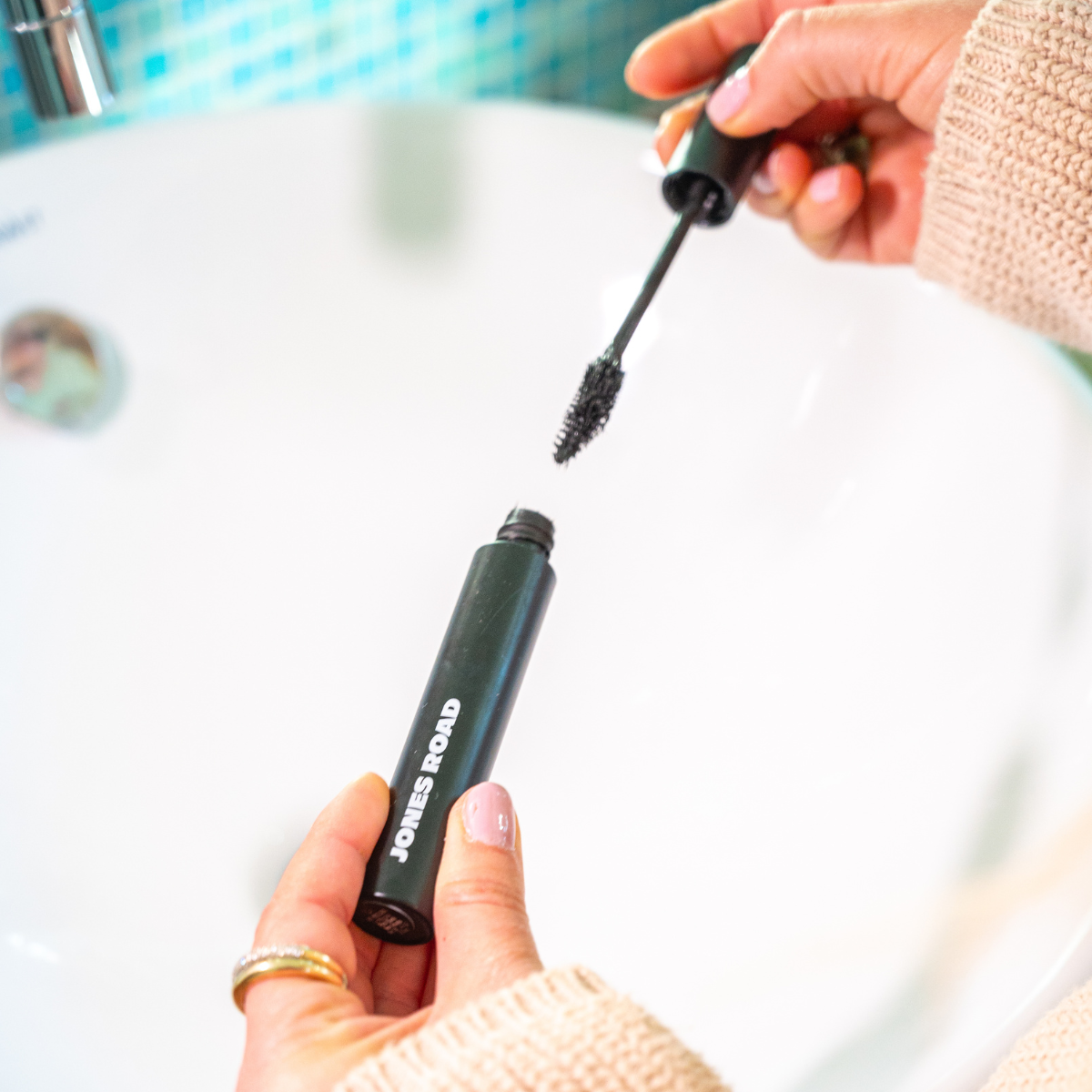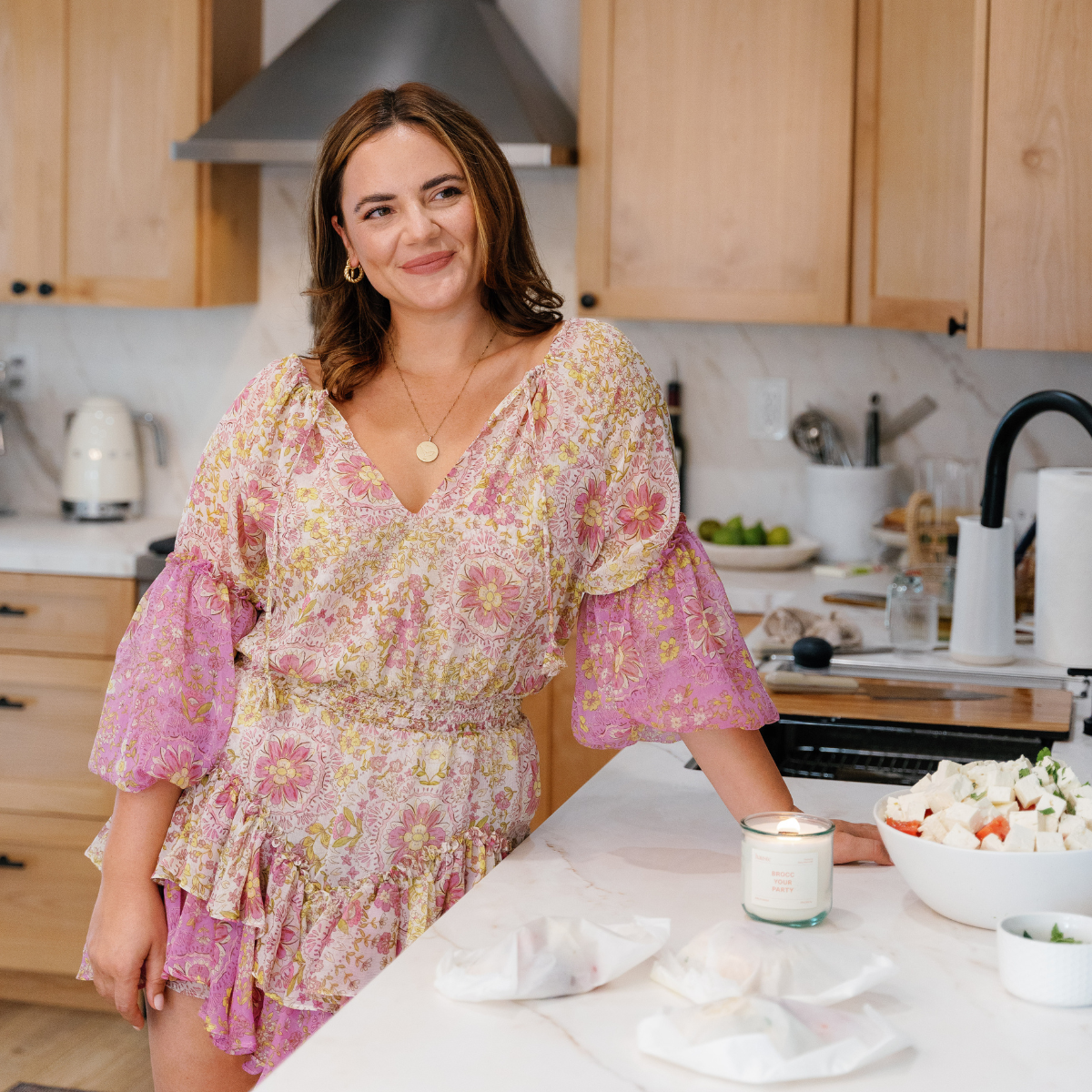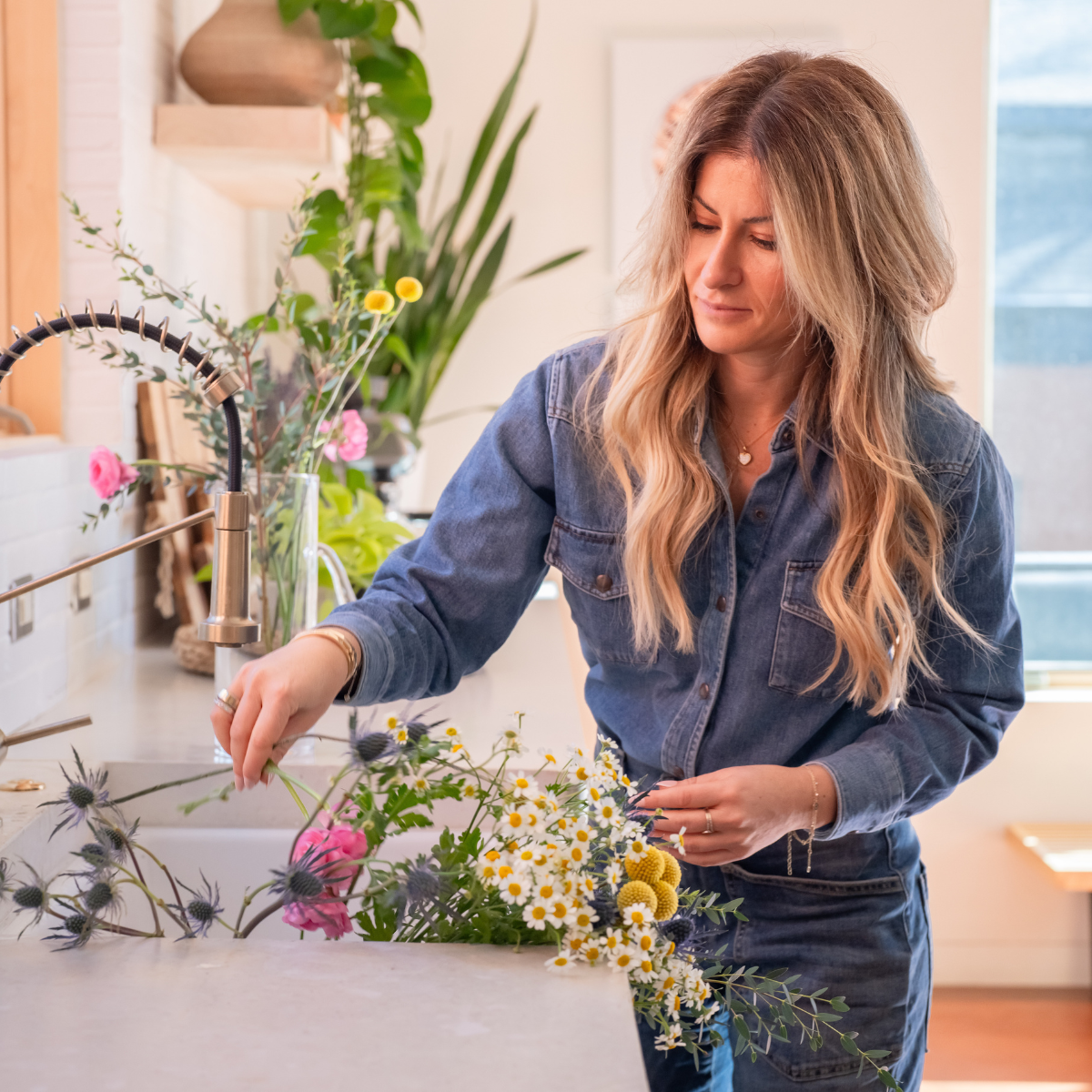It’s an enlightening episode this week as Elizabeth welcomes Elizabeth Candelario, Director of Strategic Partnerships for Mad Agriculture, who is on a mission to revolutionize agriculture for the benefit of farmers, people, and the planet. They discuss the power of regenerative agriculture and its ability to transform our agriculture system and ultimately improve the health of our planet and ourselves. They also unveil the exciting news of Purely Elizabeth’s collaboration with Mad Ag in which they will be sponsoring the research and testing of the soil and land as well as sourcing regenerative oats from partner farmers to incorporate into Purely Elizabeth's supply chain. With a goal to convert 5 million acres of conventional farmland into regenerative organic farmland by 2030, Mad Ag is leading the way toward positive change, and Purely Elizabeth is so proud to be a partner and be a part of the way forward.












